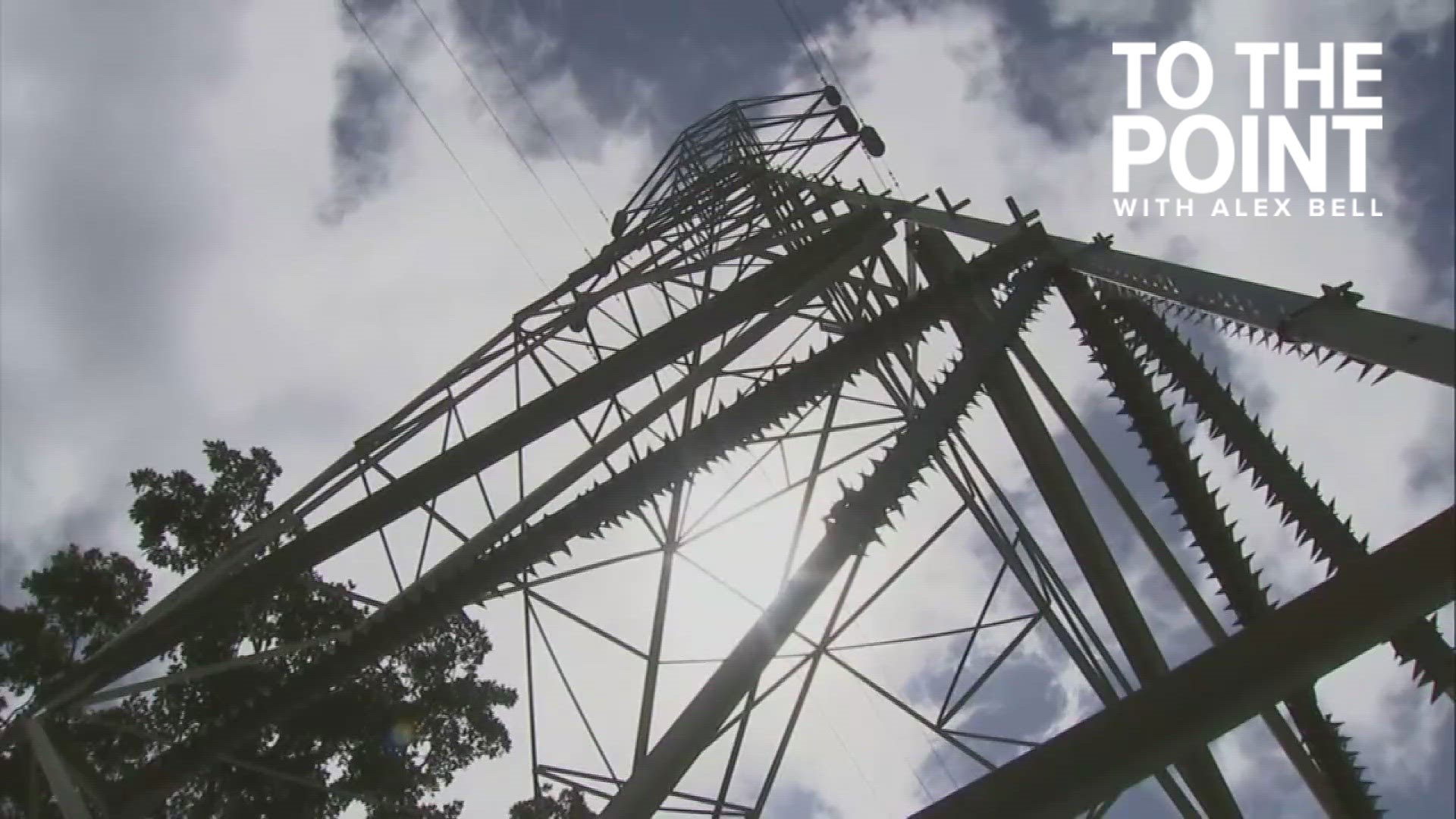FOLSOM, Calif. — Energy regulators in California say the grid is stable ahead of this week’s coming heat wave, adding that they anticipate no supply shortfalls.
In other words, no rolling brownouts or blackouts are expected to be necessary. That’s according to a tweet Wednesday afternoon from the California Independent System Operator (Cal ISO), which is the authority that oversees 80% of California’s electricity.
The good news is due, in part, to two significant factors.
First, the state is no longer in a drought, so California has a lot more hydroelectricity available than it has in recent years.
Speaking at a recent California Energy Commission briefing, Cal ISO’s VP of infrastructure and operations planning, Neil Millar, said, “at the beginning of April, we were looking at almost two-and-a-half times average hydro conditions, obviously putting us in a much better situation going into the summer."
The other significant factor is the growth in battery storage capacity: 11-fold from 2020 until now. In 2020, the grid had 500 megawatts of battery storage available. Now – as of July 1 - it has about 5,600 megawatts available. For perspective, Cal ISO says 5,000 Megawatts can power about 3.8 million homes for up to four hours before those solar batteries need to be recharged.
That means during periods of high demand, the grid can pull from batteries instead of relying so much on borrowing from other states, who themselves might be experiencing a heat wave.
More battery storage will be coming online soon. The California Public Utilities Commission (CPUC) is now requiring regulated utilities to add storage to their portfolios.
“The CPUC’s plans call for a buildout of more than 10,000 MW in aggregate storage capacity on the grid by 2026,” said Gabe Murtaugh, storage sector manager in the ISO’s Market Design group. “This pace of adoption enhances reliability during the most challenging times of the day and helps ensure that new and existing solar resources are more effective on the grid.”
These improvements in power supply come just in time. Last year – on Sept. 6 – the state set a 25-year record for energy demand. Californians narrowly avoided rolling power outages thanks in no small part to everyday consumers, cutting back on electricity use during those times of peak energy demands.
The last time California saw rolling outages was back in 2020. Those are different than the voluntary Flex Alerts, issued by Cal ISO, asking consumers to greatly reduce energy consumption during peak hours. Typically, demand is highest in the late afternoon – as the temperatures are hottest and air conditioners are blasting - and through a couple of hours after sunset, as people are lighting their homes and doing other tasks requiring electricity.
Sign up for Flex Alerts HERE.
WATCH ALSO:



















